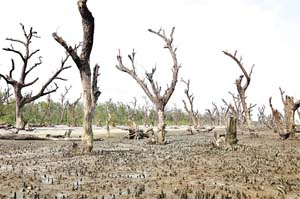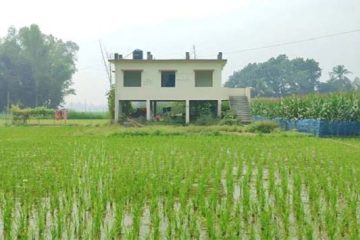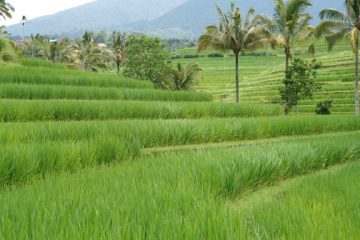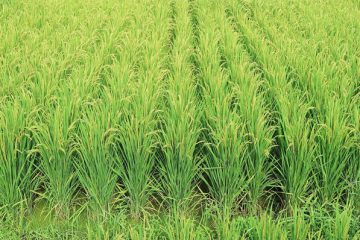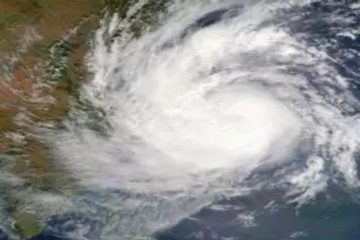Md Abbas
There was a time when coconut, palm, tamarisk, and mangrove trees swayed with the winds on Kuakata Beach. Their tall trunks guarded the shore-dwellers against the wrath of natural calamities.
However, the current state of the National Park, a government-declared forest reserve along this coastal belt since 2005, only brings dismay to tourists and locals.
About 2,000 hectares of forest land on the 18-km beach have been washed away in the last 13 years. The coconut orchards have completely disappeared, while only one-third of the tamarisk and palm trees continue to breathe in the reserves.
Most of these trees have fallen prey to erosion, a common phenomenon by the Bay, alarmingly increasing risks for the locals of this disaster-prone area.
According to Patuakhali forest department sources, to make Kuakata more attractive to tourists, the department created a tamarisk garden adjacent to the beach in the financial year 2007–08. The garden stretches across 10,000 hectares of land along the shoreline.
Since 2010, 2,166 acres of fresh land have been turned into reserves.
In 2019, another 60 hectares were converted into tamarisk gardens, while acacia were planted on another 25 hectares along the shore in Gangamati area.
The following year, 85 more hectares were converted into reserves, planting different species of plants suitable for the region.
Meanwhile, erosion and tidal surges annually obliterate at least 50 hectares of forest reserves. In the last five years, such disasters have claimed approximately 250 hectares of the reserves as the aforementioned calamities frequently hit the shore during the stipulated period, informed Mahipur range officials.
Over 100 acres of forestland are washed away every year, uprooting nearly 75,000 trees of different species, especially Kewra, according to forest department sources.
The panoramic beach, once running 18 kilometres, has shrunk significantly due to continuous erosion, making it difficult for tourists to enjoy walks during high-tides. The beach and the forest will disappear if immediate steps are not taken to address this issue, said Asaduzzaman Miraj, a local.
“Deploying geo bags and blocks can help prevent erosion. The risks can be further reduced by planting more trees, as they would guard the shores naturally,” he added.
Visiting the Gangamati forest reserves and the beach recently, this correspondent witnessed a heart-wrenching scenario.
Thousands of uprooted trees, particularly Kewra plants, were left stranded across a two-km stretch from the beach all the way to the reserves, making it difficult for tourists to navigate.
“About a decade ago, the beach was surrounded by mangrove trees, half of which seem to have disappeared now,” said Mezbah Uddin, member secretary of Bangladesh Paribesh Andolan’s Kalapara regional branch.
While the accumulated saltwater left behind by the tidal surges causes the mangroves to die as they cannot breathe, illegal encroachments for the construction of brick kilns, unplanned soil excavation for embankments, and fish enclosures further plague the reserves, he added.
Vast forest tracts in Kuakata zero-point, Kawar Char, Gangamoti, Jatiya Udyan, Lembur Char, and Khajura are being lost to erosion, informed Shofiqul Islam, forest officer of the division.
The same number of trees that are lost each year are being planted as part of regeneration and planting initiatives, he said.
The forest department has initiated a project named Biodiversity Conservation and Eco-tourism Development in collaboration with the Water Development Board and Jica to safeguard the reserves, he added.

